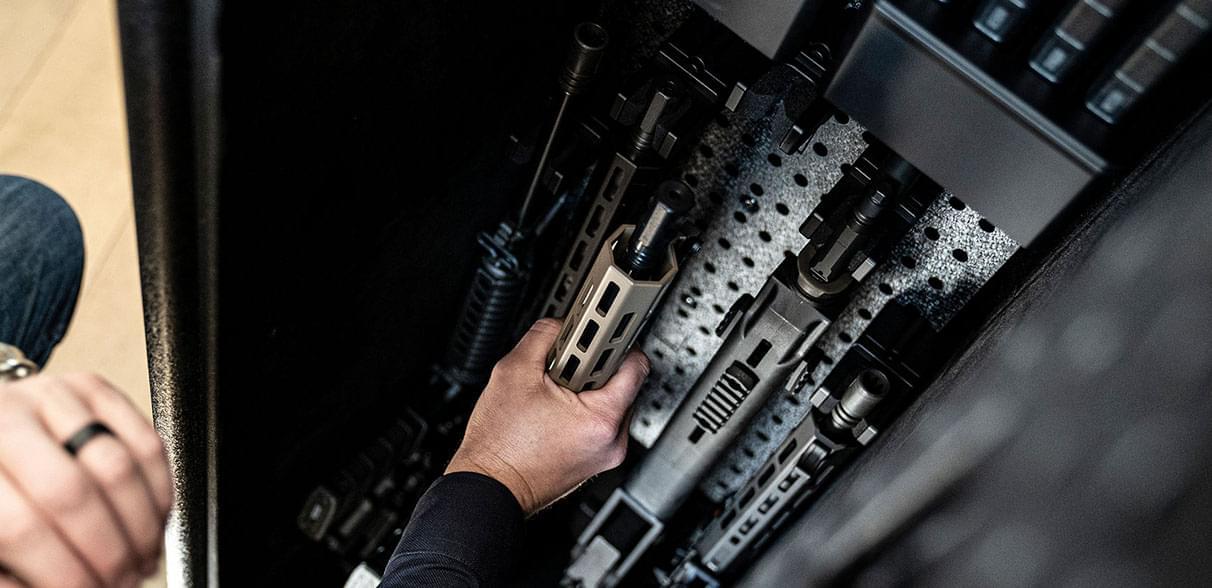
Owning a firearm comes with great responsibility, and one of the most crucial aspects of firearm ownership is ensuring their safe storage. Properly storing firearms not only helps prevent unauthorized access and potential accidents, but it also plays a pivotal role in complying with legal requirements. In this guide, we will explore the essential steps and best practices for safely storing firearms.
1. Choose the Right Storage Location
Selecting an appropriate storage location is the first step toward ensuring the safety of your firearms. Consider the following factors:
- Accessibility: Your firearms should be accessible only to authorized individuals. Choose a location that is out of reach of children, visitors, and unauthorized users.
- Security: Opt for a secure storage area that is less susceptible to theft, such as a locked cabinet, safe, or dedicated gun vault.
- Fire Safety: Ensure the storage area is fire-resistant to protect your firearms from potential damage in case of a fire.
- Climate Control: Extreme temperatures and humidity can damage firearms. Store them in an area with controlled climate conditions.
2. Invest in a Quality Firearm Safe
A quality firearm safe is a wise investment for secure firearm storage. Safes come in various sizes and types, including electronic keypad, combination, and biometric locks. Look for safes that are specifically designed for firearm storage and provide the necessary security features. Check out our article on how to choose a gun safe here.
3. Utilize Trigger Locks and Cable Locks
Trigger locks and cable locks are inexpensive and effective tools to prevent unauthorized access to firearms. These locks obstruct the trigger, rendering the firearm inoperable until the lock is removed. While they aren't a substitute for proper storage, they add an extra layer of security.
4. Store Firearms Upright and Unloaded
When placing firearms in a safe or storage cabinet, store them upright to prevent any stress on the barrel or other components. Additionally, store firearms unloaded to minimize the risk of accidents.
5. Educate Family Members
If you have family members, especially children, educate them about firearms safety. Teach them to recognize and respect firearms, and explain the importance of not touching them without adult supervision.
6. Document and Inventory
Keep an inventory of your firearms, including make, model, and serial numbers. This documentation can be invaluable for insurance purposes and in the unfortunate event of theft.
7. Comply with Local Laws
Be aware of your local laws and regulations regarding firearm storage. Some jurisdictions have specific requirements for how firearms must be stored to prevent unauthorized access.
8. Regularly Inspect and Maintain
Regularly inspect your firearms for any signs of damage or malfunction. Proper maintenance can extend the lifespan of your firearms and ensure their safe operation when you need them.
Conclusion
Safely storing firearms is a crucial responsibility that every firearm owner should prioritize. By choosing the right storage location, investing in a quality safe, practicing safe firearm handling, and following the steps outlined in this guide, you can minimize the risk of accidents, theft, and unauthorized access. Remember that responsible firearm ownership is not only a legal obligation but also a moral duty to keep your community safe.